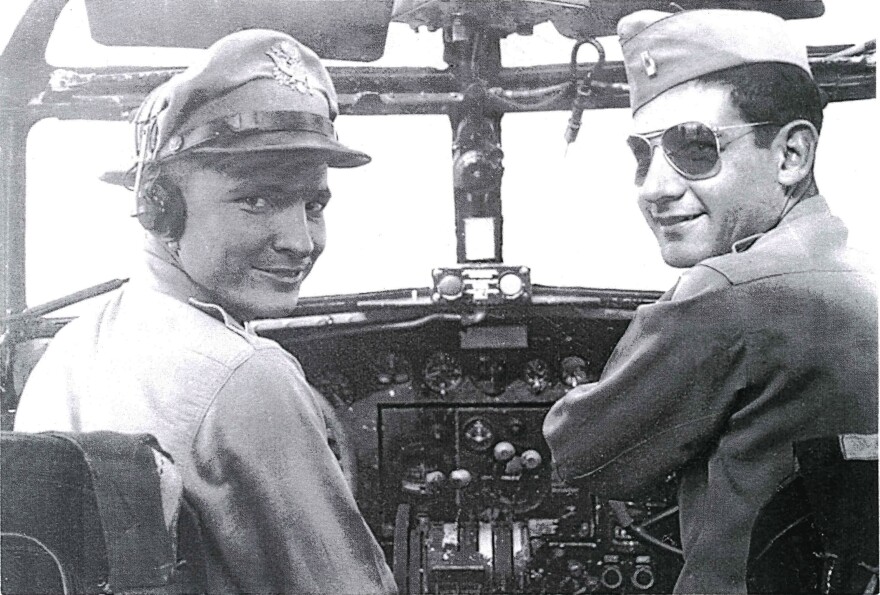Discover how a small Florida town called Boca Raton and a tiny device turned the tide of World War II in WLRN’s original production.
In the first year of World War Two, after the fall of France, Britain stood alone. Hitler's U-boats operating in so-called Wolf Packs ruled the Atlantic, sinking American ships carrying essential supplies to the beleaguered British while President Franklyn D. Roosevelt hesitated to enter the conflict directly, believing Churchill would surrender in the face of the Nazi siege, as had the French.

As Britain prepared for a German invasion, Churchill made a bold gamble. He dispatched a delegation to the United States to share his country's top scientific secrets, including a key technological breakthrough that, if developed in time, would turn the tide of battle, both at sea and in the air.

The biggest secret was a small device, no larger than a fist, which would transform radar from a defensive into an offensive weapon, dooming the Wolf Packs and giving Allied bombers the precision tool they needed to destroy the Nazi war machine.

Churchill's gambit would not only convince Roosevelt that Churchill could be trusted to fight on, it would also thrust South Florida into a pivotal role in the conflict and make the small town of Boca Raton the base for a new battle front that would prove decisive.

The atomic bomb may have ended the Second World War, but historians now agree it was radar that won it. Exactly how has been classified as top secret until now. This is an unknown chapter in the Sunshine State's rich and diverse history told by WLRN, your South Florida Storyteller station.

Local legend has it that two German spies holed up in the vacant Sanborn house and spied on the Boca Raton Army Air Force Base. They vanished after a neighboring house reported seeing lights signaling out to sea. When authorities arrived to investigate, they found evidence of habitation and a hasty exit in the shuttered home.

RESOURCES:
- Sally J. Ling - Author, Historian
- Boca Raton Historical Society
- Historical Society of Palm Beach County
- Beaches History Museum, Jacksonville Beach
BONUS: WWII Army training in Wakulla Springs and Carrabelle Florida
Footage from FLORIDA MEMORY, an online archival resource from collections housed in the State Library and Archives of Florida. (NO AUDIO)
In Wakulla Springs Army troops practice maneuvers through cypress swamps, make a human chain across the river and use weeds and Spanish moss for camouflage. In Carrabelle soldiers practice jumping from the deck of a rusty derelict ship.
Correction: The original version of this story mentioned the Historical Society of Palm Beach. The correct name of the organization is the Historical Society of Palm Beach County.













